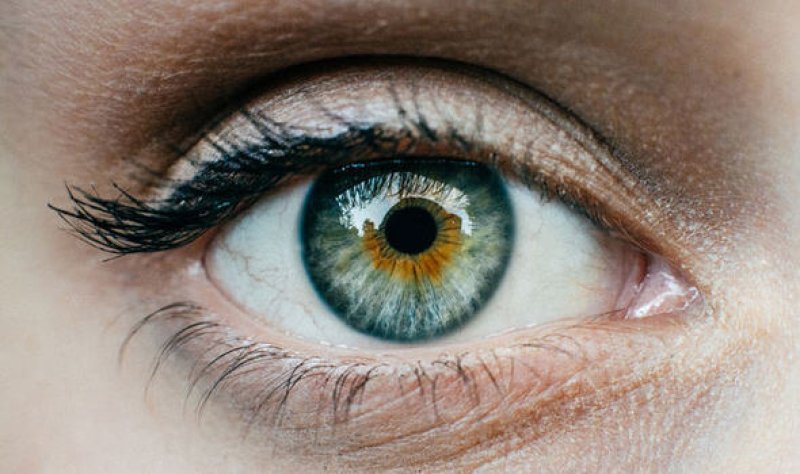In this episode, supported by the UK Medical Research Council, geneticist Kat Arney and reporter Georgia Mills explore how researchers are letting the light shine in, literally, by uncovering the underlying genetic faults that cause eye diseases and developing game-changing gene therapies to save sight.
Mills speaks with sight loss charity campaigner and fundraiser Ken Reid about his experiences of living with the genetic eye condition Retinitis Pigmentosa (RP)—a hereditary disease that causes the gradual degeneration of light-sensitive cells in the back of the eye. He first realized that something was wrong with his sight when he was a party-going teenager in the 1970s.

I always had very poor eyesight and couldn’t understand how people could do things in the dark,” he says. “Most people probably don’t remember what discos in the ’70s were like, but they were just dark. You had this lovely interaction where it was very noisy, it was very dark and there were some flashing lights. I could see nothing and trying to find somebody to dance with was a real torment. I didn’t know how people managed it!
At the MRC Human Genetics Unit in Edinburgh, Chloe Stanton is searching for the gene faults that underpin RP and other hereditary eye diseases, with more than 100 RP genes identified so far. To find out more about what all these genes actually do, her colleague Roly Megaw is growing tiny ‘mini-eyes’ in the lab from reprogrammed stem cells originally derived from skin samples – including one from Reid himself.
Finally, Robin Ali at King’s College London is running clinical trials of gene therapy for inherited eye disorders. There’s been impressive progress in recent years, and Ali is hopeful that treatments will come through for people like Reid.
In the 25 years I’ve been working on developing gene therapy for retinal degeneration, we’ve seen huge advances. I think we couldn’t imagine how far we could come. I remember when I first started, we were working out ways to deliver genes to the retina and we were pleased if we saw just one or two cells that had taken up a virus and maybe expressing a gene for a couple of weeks. We are now able to rescue dozens of different animal models highly effectively. It’s just a matter of time until this technology can be applied as effectively to humans.
Full transcript, links and references available online at GeneticsUnzipped.com
Genetics Unzipped is the podcast from the UK Genetics Society, presented by award-winning science communicator and biologist Kat Arney and produced by First Create the Media. Follow Kat on Twitter @Kat_Arney, Genetics Unzipped @geneticsunzip, and the Genetics Society at @GenSocUK
Listen to Genetics Unzipped on Apple Podcasts (iTunes) Google Play, Spotify, or wherever you get your podcasts































